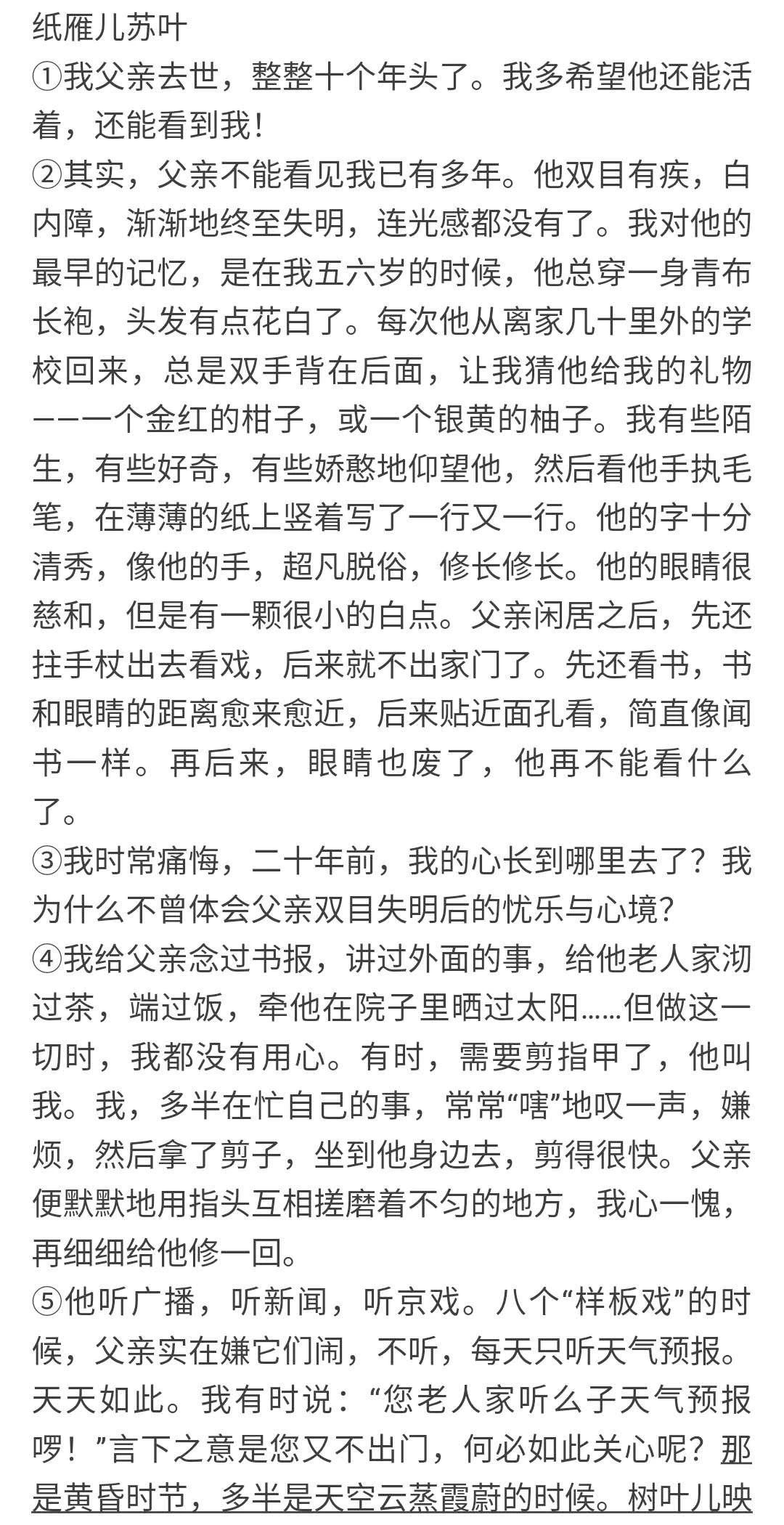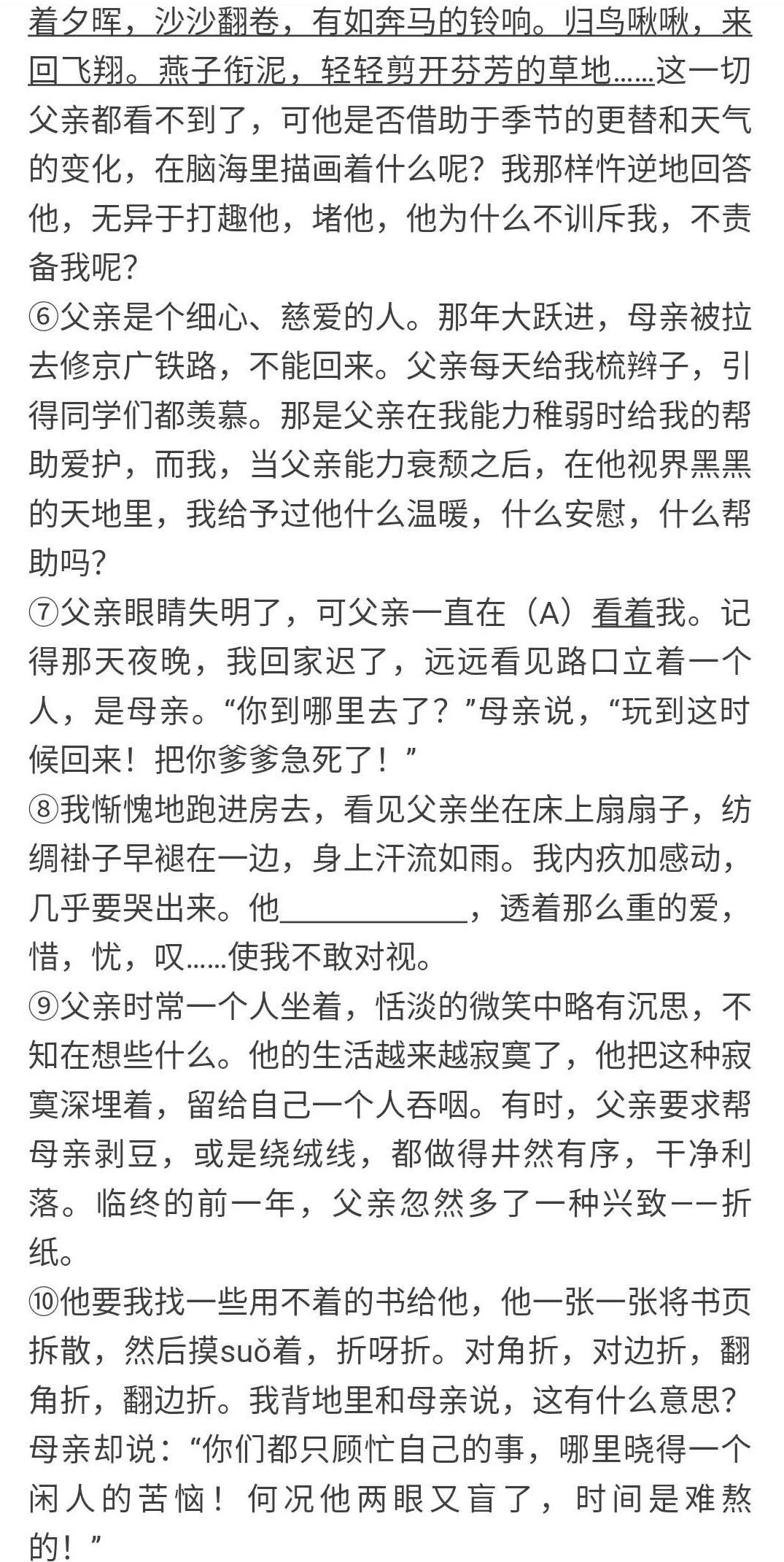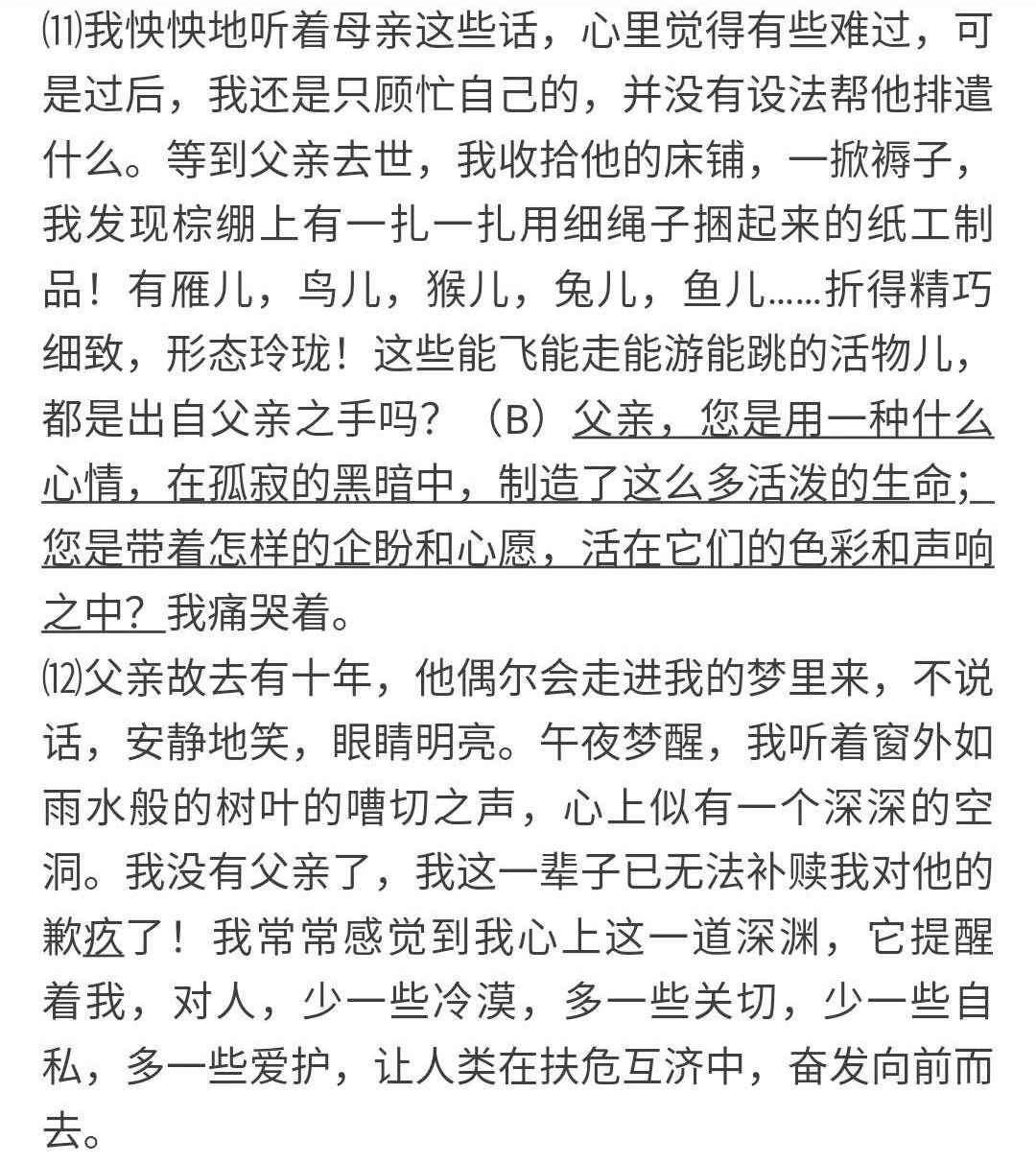语 文
题目:



小题1:给下列划线的字注音或根据拼音写汉字。(2分)
歉疚( )摸suǒ(
)
小题2:文章题目为“纸雁儿”,但是在全文中只有一次写到了“纸雁儿”,如何理解作者的用意?(4分)
小题3:品味语言。(共6分,每小题3分)
A.赏析第⑦段A处划线词语“看着”的表达作用。
B.从内容理解、表达效果等角度赏析第(11)段(B)处画线句。
父亲,您是用一种什么心情,在孤寂的黑暗中,制造了这么多活泼的生命;您是带着怎样的企盼和心愿,活在它们的色彩和声响之中?
小题4:文中第⑤段画波浪线的语句属于 描写,有何表达作用?(4分)
小题5:文章第⑧段生动地刻画出当“我”回家迟了时,父亲焦急的心情。请结合上下文,合理想象,在横线上补充出父亲当时的情态。要求:从动作和神态两方面描写;50字左右。(4分)
数 学
题目:

英 语
题目:
When you are in Hong Kong, you must be very careful in the streets,
because the traffic drives>If this is the first time you have come to Hong
Kong, you must look to the right side and then the left before you cross the
street. If the traffic lights are red, the traffic must stop. People>t cross.
When people go to or come back from work in the morning or evening, the streets
are very busy. Traffic is the most dangerous, especially for the children. When
you go by bus in Hong Kong, you have to be careful, too. You must always
remember the traffic moves>In Hong Kong, there are many big buses with two
floors. You can sit>s very interesting 根据短文内容,判断正(T)误(F)。
小题1:The traffic
in Hong Kong drives>
小题2: In Hong Kong,you can sit>
小题3:If the
traffic lights are red, the traffic can go.
小题4:The traffic in Hong Kong
isn’t the same as that in other areas of China.
小题5:According to the
passage, we know we must obey the traffic rules.
END